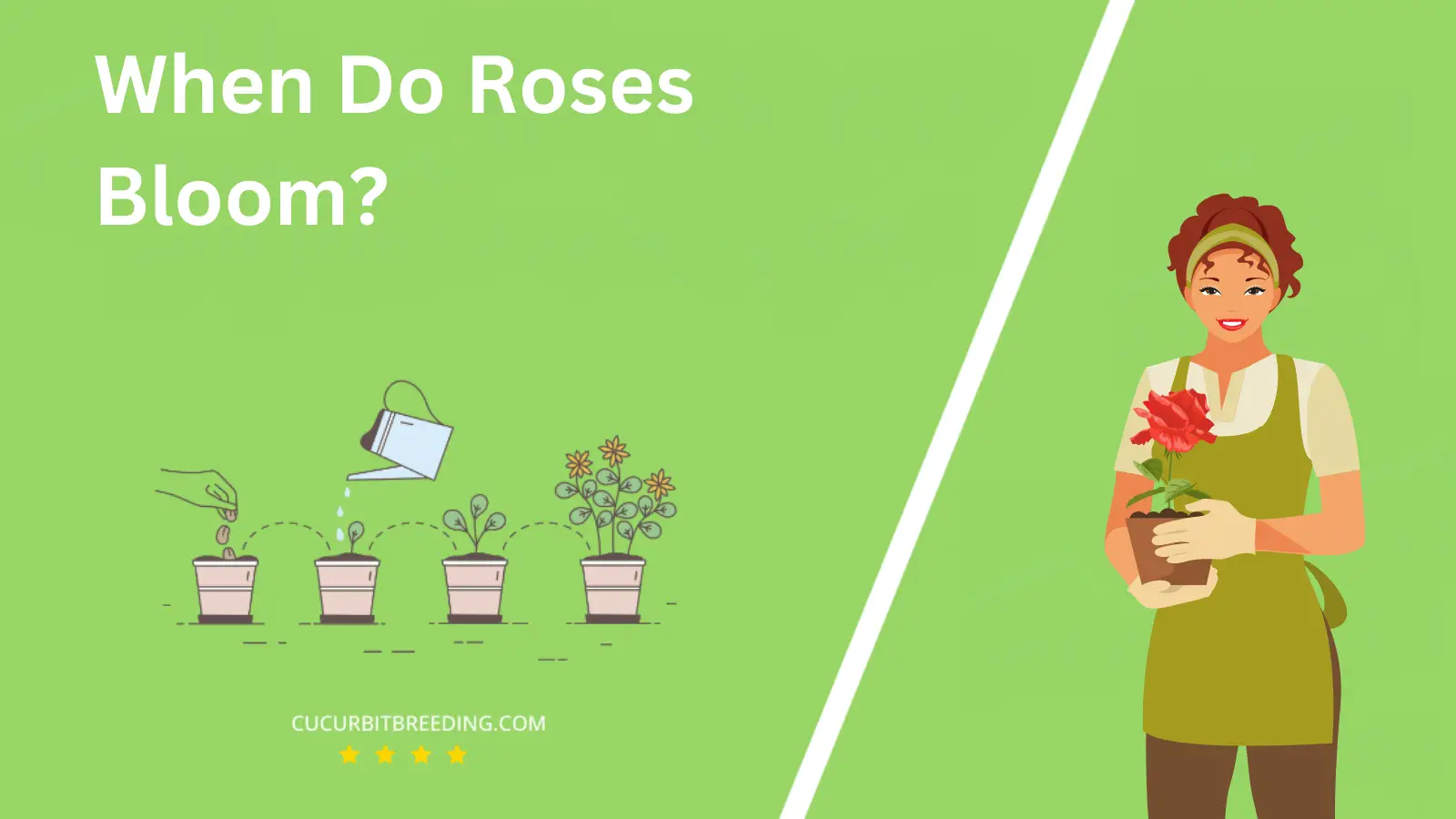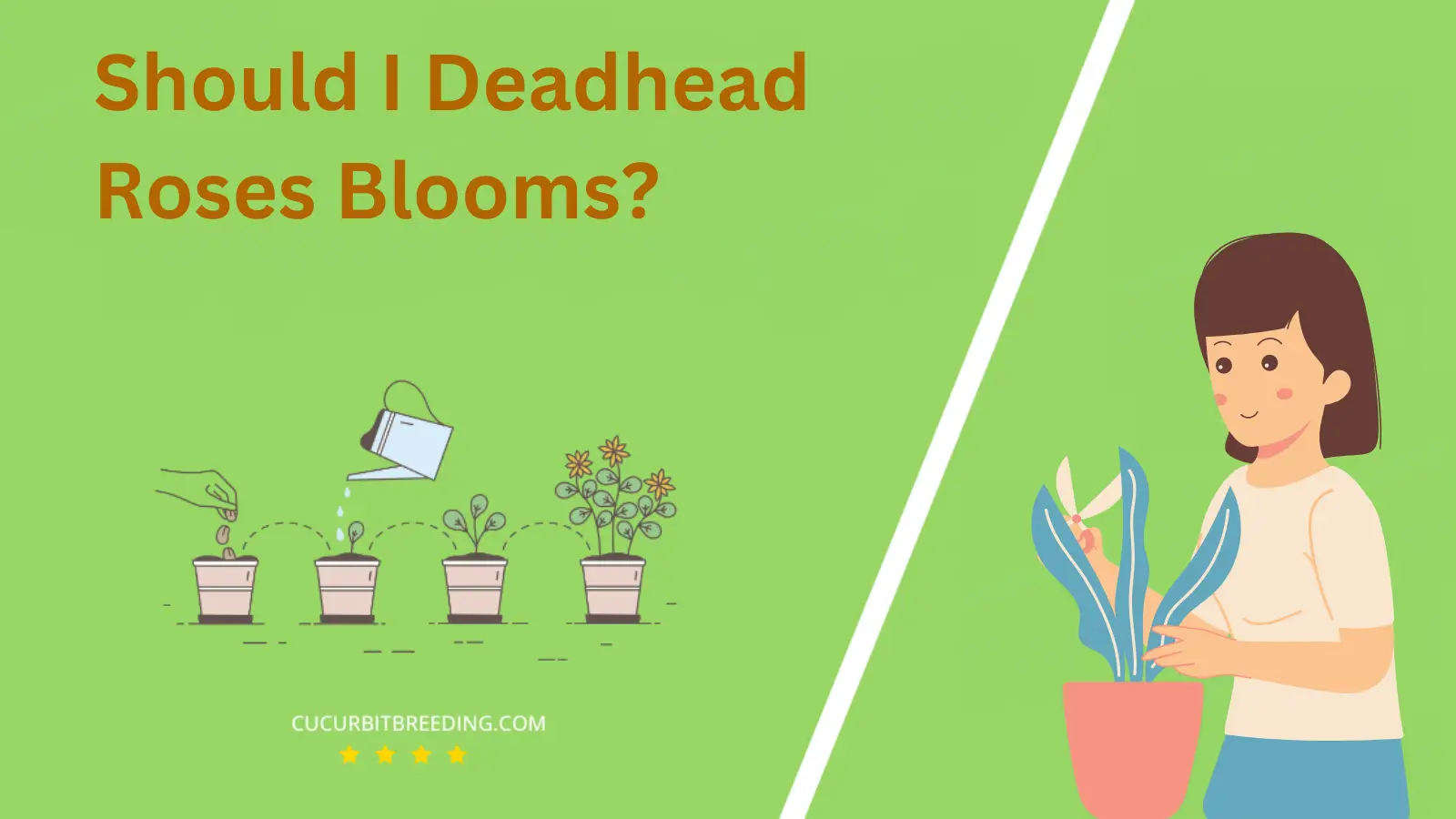
For flower enthusiasts, there’s no question quite as pressing as “When do roses bloom?” Roses, with their alluring beauty and intoxicating fragrance, are the stars of any garden. However, the timing of their bloom could be quite a mystery.
Whether you’re a seasoned gardener or a budding horticulturist, understanding the blooming cycle of roses is crucial to their care. Let’s delve into the world of roses and unravel this floral enigma.
When Do Roses Bloom?
Roses typically bloom during late spring and continue to blossom until the first frost of autumn. However, the exact timing can depend on the specific type of rose and the climate where it’s grown. In warmer climates, some rose varieties may even bloom throughout the year. The peak blooming period for roses generally occurs in early summer.
| Stage | Description |
|---|---|
| Germination | Spring (March to May) |
| Growth | Spring (March, April, May) |
| Blooming | Spring (March-May) |
| Dormancy | Winter (December-February) |
How Long Do Roses Bloom?
Roses bloom for an average of 6 to 8 weeks, starting from late spring and continuing until fall. However, the blooming period can vary based on the type of rose, climate, and care provided. Some rose varieties, particularly repeat-flowering types, can bloom intermittently throughout the growing season.
How Light Affects Roses Blooms?
Light significantly affects the blooming of roses. Roses need a minimum of six hours of direct sunlight each day for optimal blooming. Without sufficient light, the roses may not produce blooms, or the blooms may be small and sparse. Sunlight also affects the color and fragrance of the rose blooms. Too much shade can lead to faded colors and less intense fragrances. Conversely, too much direct sunlight can also cause the colors to fade and can lead to sunburn on the blooms. Therefore, it’s crucial to provide roses with the right balance of light for healthy, vibrant blooms.
Will Roses Bloom the First Year You Plant Them?
Roses have different blooming habits depending on their variety. Some roses, particularly modern ones, can bloom in the first year after planting. However, it’s important to note that for many roses, especially if they are planted as bare-root roses, it may take up to two years to see blooms. This is because they need time to establish a healthy root system before they can produce flowers.
Will Roses Bloom Every Year?
Roses are perennial plants, which means they will bloom every year. After a period of dormancy during winter, roses will return to bloom in the warmer months of spring and summer. Factors such as the type of rose, the local climate, and proper care can affect the blooming process, but generally, roses are designed to bloom annually. It’s essential to provide them with appropriate care, including enough sunlight, water, and suitable soil, to ensure they bloom to their full potential each year.

Should I Deadhead Roses Blooms?
Yes, you should deadhead roses blooms. Deadheading, or the act of removing faded blooms, encourages roses to direct energy towards growth and promotes healthier plants. This process allows for the production of more flowers throughout the blooming season. It also helps to maintain the plant’s aesthetic appeal, keeping your roses looking clean and vibrant.
Top Reasons a Mature Roses May Stop Flowering

A mature Rhododendron may stop flowering due to several reasons. The first is inadequate sunlight. Rhododendrons need a certain amount of light to bloom. If they are planted in too much shade, they will not produce flowers.
The second reason is improper pruning. If Rhododendrons are pruned too late in the season, the next year’s buds can be removed, resulting in no flowers. It’s best to prune them shortly after they finish blooming.
Thirdly, insufficient nutrients can hinder blooming. Rhododendrons require specific nutrients, especially acidic soil conditions, to thrive and bloom. Lack of these conditions can prevent flowering.
Lastly, disease and pests could be a factor. Pests or disease can stress the plant and reduce its ability to produce flowers. Regular inspection and timely treatment can help avoid this problem.